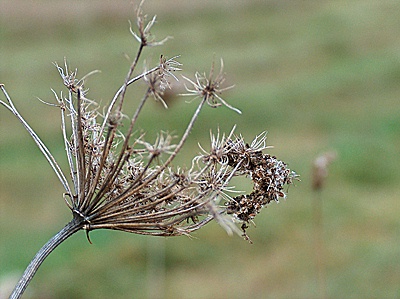All Nonfiction
- Bullying
- Books
- Academic
- Author Interviews
- Celebrity interviews
- College Articles
- College Essays
- Educator of the Year
- Heroes
- Interviews
- Memoir
- Personal Experience
- Sports
- Travel & Culture
All Opinions
- Bullying
- Current Events / Politics
- Discrimination
- Drugs / Alcohol / Smoking
- Entertainment / Celebrities
- Environment
- Love / Relationships
- Movies / Music / TV
- Pop Culture / Trends
- School / College
- Social Issues / Civics
- Spirituality / Religion
- Sports / Hobbies
All Hot Topics
- Bullying
- Community Service
- Environment
- Health
- Letters to the Editor
- Pride & Prejudice
- What Matters
- Back
Summer Guide
- Program Links
- Program Reviews
- Back
College Guide
- College Links
- College Reviews
- College Essays
- College Articles
- Back
Unleashing Gertrude
I thumbed through the stack papers as I tried to read the seemingly incomprehensible printed words. I was inducing this confusion in an effort to choose a monologue for an upcoming audition. I wanted to choose a Shakespearean monologue as an effort to impress the judge; however, this also led to my complete misunderstanding regarding the 16th century language.
Finally, I had settled on a text: Gertrude’s monologue from Hamlet. In this speech, Queen Gertrude of Denmark comes to tell Laertes, a younger, yet extremely close, family friend that his sister has drowned. My mother looked at me doubtfully when I presented this choice to her. “You know this is really sad, right?” she questioned.
I answered with a curt nod. She continued. “Are you sure?” To this, I replied with another short nod.
In the following days, I set out to decode the 1500s English that has confused my fellow students for centuries. Some lines were relatively straight- forward, while others contained bizarre references. Without understanding, they were simple stacks of letters piled on each other, forming treacherously tilted stacks. For example:
“There is a willow that grows aslant a brook/ that shows its hoar leaves in the glassy stream./ There with fantastic garlands she did come/ of crowflowers, nettles, daisies,/ and long purples, which our liberal shepherds give a grosser name/ but our cold maids do dead men finger’s call them.”
So whaaa does that mean? You probably got something about a crooked willow tree and flowers. But here’s the real “translation”:
“There is a willow tree that grows crooked on a brook. Its white leaves are reflected in the clear stream below it. There, Laertes’s sister, Ophelia, came, with crazy garlands. The garlands were made of all these pretty flowers, including this one kind of purple flower that naughty shepherds call an inappropriate name. But the good little maids call them ‘dead men fingers’.”
Now, why is this queen babbling on about flowers? That was my next task: to find the meanings behind the words. Without understanding the context, they were simply pretty words. Through some research on Hamlet, I discovered that Queen Gertrude was very close to Ophelia, the dead girl. So, Gertrude feels very sad about this accident, too. She includes all these descriptions of flowers not only to explain Ophelia’s death but to take time before saying “dead”—a crucial word. She goes on to explain how Ophelia slipped on a tree branch, then fell into the river below, later drowning. After talking with an acting coach, I learned how Gertrude, who is much older than Laertes, tries to “pad the blow” for him. This is like how your parents gently tell you that Fido ran off to a butterfly farm.
Later, an acting coach and I discussed a more modern interpretation of the text. Some Shakespearean scholars argue that in this monologue, Gertrude is trying to tell Laertes how drowned and overwhelmed she feels. See, Hamlet is not a happy tale for anyone, even the Queen of Denmark. Gertrude’s husband was just killed, and she married his evil, murderous, and scheming brother. (Creepy, right?!) Ophelia was also very close to her. By telling Laertes herself (as opposed to sending a messenger) she wants to tell how drowned in sadness she feels. By learning this, I was able to add an extra dimension to my audition.
I practiced for week after week, hoping this monologue would become something I could do in my sleep. I needed to nail Gertrude’s sadness, protectiveness and fear. Finally, the day of the audition came. Worried (and uncomfortable in my new shoes), I paced back and forth outside the audition room. I heard my name called, then walked in. Taking a deep breath while setting myself in character, I got ready to finally unleash my Gertrude.

Similar Articles
JOIN THE DISCUSSION
This article has 0 comments.
